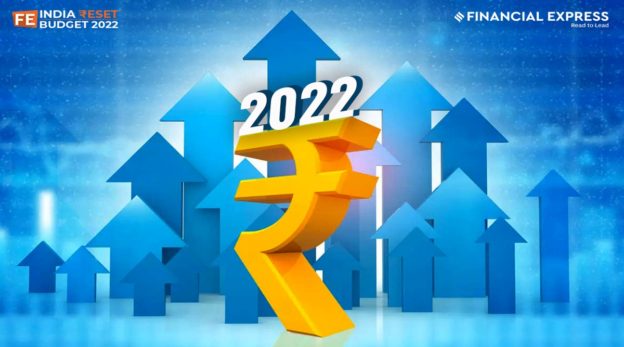For digital proponents, it is heart-warming that digitalisation now runs as one of the principal themes across many government spending initiatives.
The striking feature of the FY23 Budget proposal is its focus on growth through infrastructure development, both physical and digital. For digital proponents, it is heart-warming that digitalisation now runs as one of the principal themes across many government spending initiatives.
It is now widely accepted that access to the internet is a critical tool for socio-economic development of a nation, especially in a post-pandemic world. With majority of the Indian population living in rural settings, inclusive and sustainable growth cannot occur without world-class digital infrastructure to support rural connectivity.
Since the unveiling of the Digital India programme on July 1, 2015, by the Prime Minister, our broadband penetration has breached folklore levels of 750 million Indians, and internet usage to amongst the highest in the world. The country is now ready to embark on the next phase of the digital revolution. No doubt, the path of Digital India 2.0 will be filled with a series of challenges, including strengthening of digital infrastructure, upskilling & re-skilling of workforce, developing India’s own digital applications to solve real life problems in education, healthcare, agriculture, energy, and many more.
The Budget presented by Finance Minister Nirmala Sitharaman aptly addresses the digital challenges with special focus on promoting broadband in all villages through service obligation fund, expediting rural optical fibre layout under Bharat Net, granting infrastructure status to data centres, push towards 5G, and boost to domestic electronics manufacturing through duty concessions on wearables and mobile phone components.
Along with digital infrastructure creation, it is heartening to find the government laying equal emphasis on inclusive digital economic growth with the launch of series of new initiatives. The DESH e-portal for upskilling existing workforce will open new-age opportunities for employment and entrepreneurship to old economy employees, while the Digital University initiative with world-class educational content to upgrade teachers with latest digital tools will help prepare our strong students base for tomorrow’s world. National Digital Health Platforms, comprising digital registries of health providers and health facilities, unique health identity and universal access to health facilities, will deliver better access and quality of healthcare services for the masses. Taking digital banking to every nook and corner through 75 digital banking units will further accelerate adoption of digital payments and improve financial inclusion, while Digital Rupee, India’s own first digital currency to be introduced by the RBI, will improve transparency and efficiency through blockchain technology. The government’s acceptance on the role of digital currency will be a relief to cryptocurrency investors and traders.
There is no doubt the above list of digital initiatives, when executed with agility, speed and pervasiveness will accelerate digital contribution to the GDP beyond $1 trillion and it will subsequently become the exponential charger for India’s march towards a $10-trillion economy.
https://www.financialexpress.com/budget/budget-2022-push-towards-1-trillion-digital-economy/2429074/





